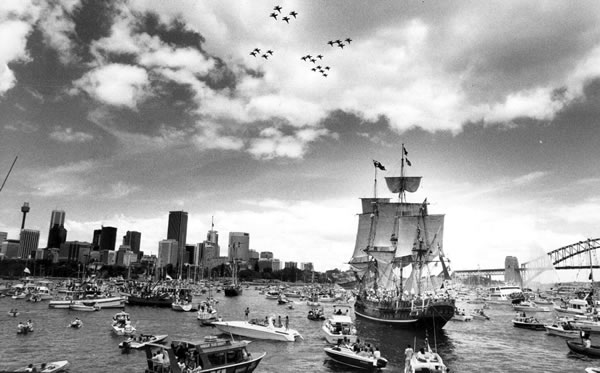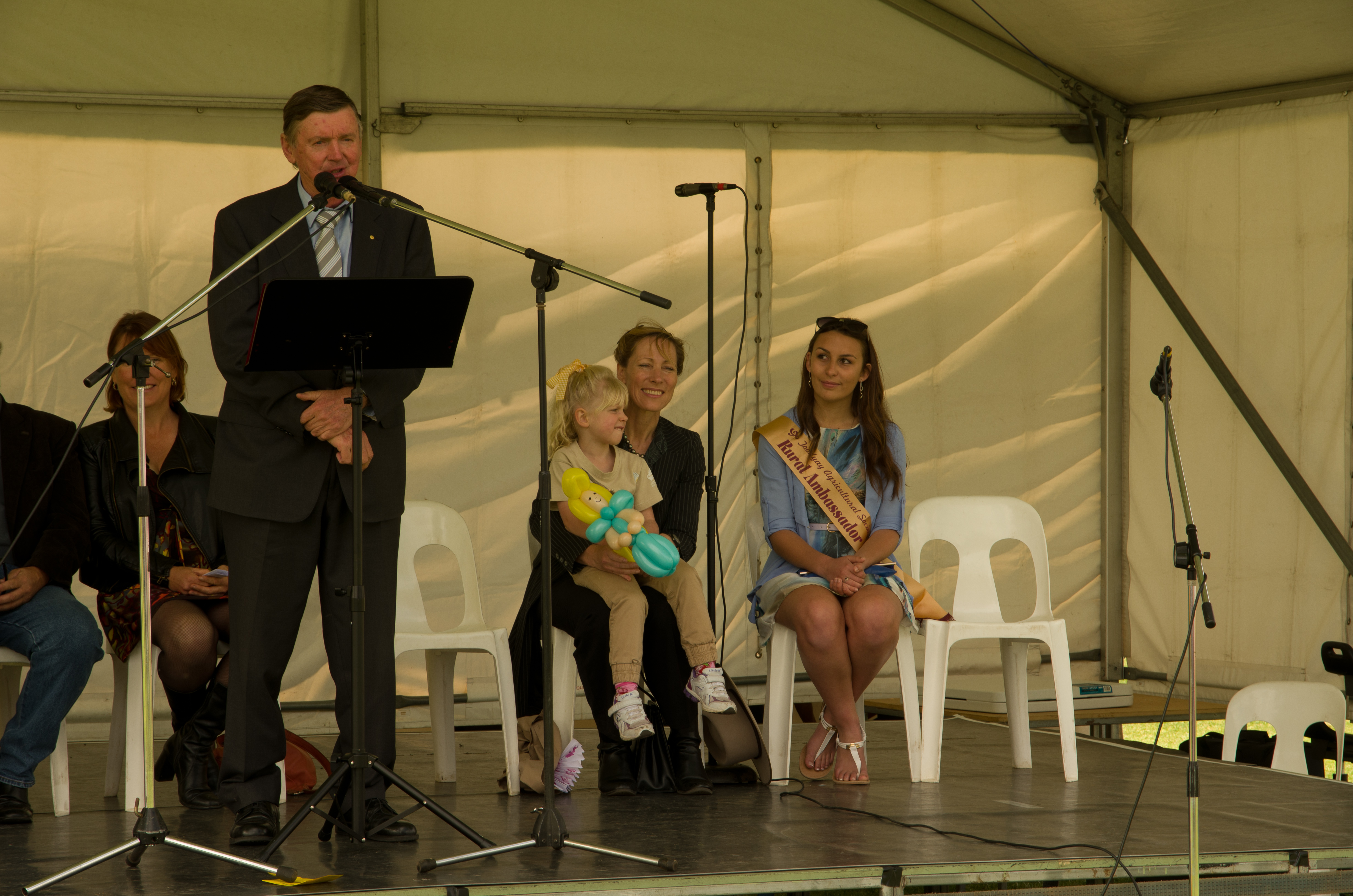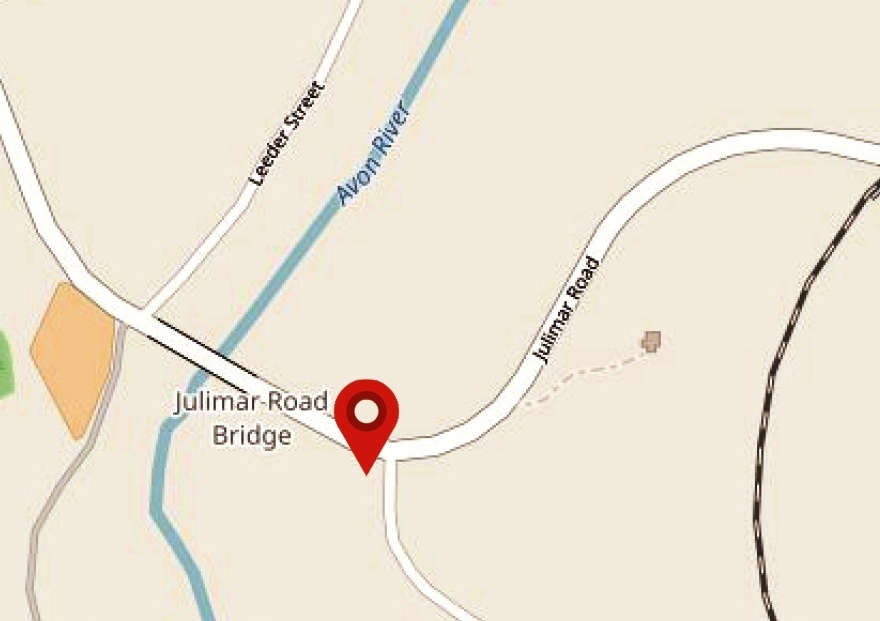|
Toodyay Pioneer Heritage Trail
Toodyay pioneer heritage trail was a trail created by the Toodyay Bicentennial Community Committee in 1988 for the Australian Bicentenary as part of the W.A. Heritage Trails Network. The brochure created for the trail has the subtitle ''Early Settlement of Toodyay in the Avon Valley, Western Australia'', and it covers 20 km that includes the West Toodyay townsite. The identified sites were: * 1. Morangup Hill * 2. Morangup Spring * 3. Jimperding Hill Descent * 4. Jimperding Pool and Nolan's Rock * not numbered but identified "Deepdale homestead" West Toodyay historic sites: * 5. West Toodyay School * 6. Samuel Ferguson's cottage * 7. Royal Oak Inn * 8. Highland Laddie * 9. Queen's Head Hotel * 10. Military Barracks Barracks are usually a group of long buildings built to house military personnel or laborers. The English word originates from the 17th century via French and Italian from an old Spanish word "barraca" ("soldier's tent"), but today barracks are u ... * ... [...More Info...] [...Related Items...] OR: [Wikipedia] [Google] [Baidu] |
Australian Bicentenary
The bicentenary of Australia was celebrated in 1988. It marked 200 years since the arrival of the First Fleet of British convict ships at Sydney in 1788. History The bicentennial year marked Captain Arthur Phillip's arrival with the 11 ships of the First Fleet in Sydney Harbour in 1788, and the founding of the city of Sydney and the colony of New South Wales. 1988 is considered the official bicentenary year of the founding of Australia. Celebrations The Australian Bicentenary was marked by pomp and ceremony across Australia to mark the anniversary of the arrival of the First Fleet of British ships at Sydney in 1788. The Australian Bicentennial Authority (ABA), pursuant to the Australian Bicentennial Authority Act 1980, was set up to plan, fund and coordinate projects that emphasized the nation's cultural heritage. State Councils were also created to ensure cooperation between the federal and state governments. The result was a national programme of events and celebrations ... [...More Info...] [...Related Items...] OR: [Wikipedia] [Google] [Baidu] |
Toodyay, Western Australia
Toodyay (, nys, Duidgee), known as Newcastle between 1860 and 1910, is a town on the Avon River in the Wheatbelt region of Western Australia, north-east of Perth. The first European settlement occurred in the area in 1836. After flooding in the 1850s, the townsite was moved to its current location in the 1860s. It is connected by railway and road to Perth. During the 1860s, it was home to bushranger Moondyne Joe. History Origin of the name 'Toodyay' The meaning of the name is uncertain, although it is probably indigenous Noongar in origin. In an 1834 reference it is transcribed as "Toodye" while maps in 1836 referred to "Duidgee" The Shire of Toodyay's official website says that " e name Toodyay is believed to be derived from an Aboriginal word 'Duidgee' which means 'place of plenty', referring to the richness and fertility of the area and the reliability of the Avon River". This meaning appears to be a long-standing belief in the local community, but may be based on an in ... [...More Info...] [...Related Items...] OR: [Wikipedia] [Google] [Baidu] |
Avon River (Western Australia)
The Avon River is a river in Western Australia. A tributary of the Swan River, the Avon flows from source to mouth, with a catchment area of . Avon catchment area Lake Yealering in the Shire of Wickepin is the point of origin for the upper Avon River, and the catchment size above the confluence with the Salt River at Yenyening Lakes is . The basin covers much of the West Australian wheatbelt and extends beyond that in some areas near almost-always-dry Lake Moore in the northeast, water is received regularly from only the extreme western edge of the basin. Indeed, until an abnormally wet year in 1963 it was not realised that the northeastern part of the basin beyond Wongan Hills ever drained water into the river. Under present climatic conditions, it is almost impossible to produce runoff from anywhere outside the extreme west of the basin because the amount of rain required to fall before runoff would begin is as high or higher than the mean annual rainfall. The river has ... [...More Info...] [...Related Items...] OR: [Wikipedia] [Google] [Baidu] |
West Toodyay
West Toodyay (previously known as Toodyay; colloquially known as Old Toodyay) was the original location of the town of Toodyay, Western Australia. It is situated in the Toodyay valley, north east of Perth. The Toodyay valley, discovered by Ensign Robert Dale in 1831, was opened up for settlement in 1836. The original site for the town of Toodyay was determined in 1836 and its boundaries were finalized 1838. The first survey of the town was carried out in 1849. After several serious floods, the decision was made to move the town of Toodyay to higher ground. In 1860, the new town of Newcastle was established further upstream. Newcastle was renamed in 1910 to Toodyay, and the original site became known as West Toodyay. Old Toodyay The town of Toodyay was established on the banks of the Avon River where the valley gave way to gentle slopes of fertile soils with hills on all sides. The original site for the town of Toodyay was determined by Governor James Stirling in 1836. The s ... [...More Info...] [...Related Items...] OR: [Wikipedia] [Google] [Baidu] |
West Toodyay School
The West Toodyay School, originally named the Toodyay School, was a government school in West Toodyay in Western Australia. It opened on 6 February 1899 as a replacement for the original Toodyay Valley government school, which had been closed on 23 October 1898.Letter to Toodyay Historical Society from Asset Services, Education Department of Western Australia, 20 August 2001, Courtesy Toodyay Historical Society. The new Toodyay School was situated near the left bank of the Avon River on what was previously known as Toodyay suburban lot 30. It was within easy distance of what became the site of the West Toodyay Bridge. Toodyay suburban lot 30 was gazetted as Reserve 4155 for a school site on 30 June 1897. The following November, the Government allocated 290 pounds to cover the cost of building the school. A simple building, timber framed and clad with galvanised iron, it contained one room measuring and had several windows and a door. The room was lined with wood. A porch wa ... [...More Info...] [...Related Items...] OR: [Wikipedia] [Google] [Baidu] |
Samuel Ferguson's Cottage
Sam Ferguson's cottage was built in the latter part of the 1800s on lot R12 in the original town of Toodyay, now known as West Toodyay, Western Australia. Its walls were whitewashed and its roof was thatched. Roses, almond trees and a flurry of old English flowers produced such a wonderful display that artists from all around flocked to paint it. The cottage was the home of Samuel Ferguson and his wife Ellen. It was situated on what was originally Toodyay town lot R12 on the west corner of River Terrace (now Toodyay West Road) and what is now called Cottage St. On the opposite corner stood the old buildings of John Herbert's Royal Oak inn. Lot R12 was first granted to George Gooch on 15 March 1852. Earlier, he had found work as a shepherd at Mokine, near Northam, before taking up a pastoral lease with his brother John in the Toodyay district. Two sons, George Joseph and Robert John, were born to George and his wife Eleanor York. Gooch was a man who actively took part in the lo ... [...More Info...] [...Related Items...] OR: [Wikipedia] [Google] [Baidu] |
The Royal Oak, Toodyay (1853–1860)
The Royal Oak established in 1853 by John Herbert was the second inn of that name in West Toodyay. It was also known as Herbert's Hotel. It stood on lot R11, upstream from where the first Royal Oak (owned by Herbert's brother, William) had been until it closed in November 1851. Herbert had arrived in the colony in 1839 and married Charlotte Davis in 1845. Davis is credited as being the first female to have landed on the shores of the new colony. Herbert was granted lot R1 in 1849 and Avon Location 69 in 1850, both of which he sold to the government in 1851 for a handsome profit. After the sale of his property to the government, and the sale of the original Royal Oak, he built and moved into a cottage on lot R26. However, he was a man of ambition and before the year was out he began building an inn of his own. The Royal Oak was comparatively large in size. It was very likely built of brick as, by that time, bricks were becoming available in the Toodyay Valley. The roof woul ... [...More Info...] [...Related Items...] OR: [Wikipedia] [Google] [Baidu] |
The Highland Laddie, Toodyay
The Highland Laddie was an inn in West Toodyay. The business was initially established in 1850 as the Bonnie Laddie, and also traded as the Gum Tree Tavern. Alexander Warren had been granted lot R25 in the original townsite of Toodyay, Western Australia in October 1849. He very quickly applied for a publican's license, which was granted in early 1850, and named his inn the Bonnie Laddie. It stood at , close to the Royal Oak and not far from the ford crossing of the Avon River. Both inns were likely to have been built of rammed earth with a thatched roof. Warren managed the inn for two years before advertising the property as either for sale or to let. His advertisements referred to the inn as the Toodyay Hotel. In April 1852, he leased the hotel to the partnership of Joseph York and William Rummer. When the partnership dissolved twelve months later, Rummer took over the lease. In doing so, he changed the name of the hotel to the Highland Laddie. Rummer terminated his le ... [...More Info...] [...Related Items...] OR: [Wikipedia] [Google] [Baidu] |
The West Australian
''The West Australian'' is the only locally edited daily newspaper published in Perth, Western Australia. It is owned by Seven West Media (SWM), as is the state's other major newspaper, ''The Sunday Times''. It is the second-oldest continuously produced newspaper in Australia, having been published since 1833. It tends to have conservative leanings, and has mostly supported the Liberal–National Party Coalition. It has Australia's largest share of market penetration (84% of WA) of any newspaper in the country. Content ''The West Australian'' publishes international, national and local news. , newsgathering was integrated with the TV news and current-affairs operations of ''Seven News'', Perth, which moved its news staff to the paper's Osborne Park premises. SWM also publish two websites from Osborne Park including thewest.com.au and PerthNow. The daily newspaper includes lift-outs including Play Magazine, The Guide, West Weekend, and Body and Soul. Thewest.com.au is the on ... [...More Info...] [...Related Items...] OR: [Wikipedia] [Google] [Baidu] |
The Queen's Head, Toodyay
The Queen's Head was a hotel in West Toodyay in Western Australia in the latter half of the 19th century. James Everett James Everett opened the Queen's Head for business in 1855. It was situated on lot R3, on the right bank of the Avon River. A shrewd businessman, he had placed his hotel within easy reach of the Enrolled Pensioner Guard Barracks, which, for the time being, continued to be maintained at the original site of the Toodyay Convict Depot. His action took much of the ready trade from the other two hotels, The Royal Oak and the Gum Tree Tavern. Everett had arrived as a convict on board ''Pyrenees'' in June 1851. His crime was larceny, for which he received a sentence of seven years and transportation to Western Australia. Prior to his transportation, Everett had been a gardener by occupation. His father had been a farmer and stock owner. Everett applied the knowledge gained from his background as he endeavoured to carve out a living for himself in the colony. ... [...More Info...] [...Related Items...] OR: [Wikipedia] [Google] [Baidu] |
Military Barracks, Toodyay
The Toodyay Barracks (also referred to at various times as the Military Barracks, Police Station or Police Barracks) and its stables, erected in 1842, were the first buildings constructed in the townsite of Toodyay, Western Australia. The Barracks were also the first government buildings within the Toodyay district. Situated on the left bank of the Avon River and a little upstream from the ford, the Barracks overlooked a long pool, which soon became known as the Barracks Pool. In the early 1840s, Toodyay Resident Magistrate John Scully had requested military protection as a means of controlling a problem with the local indigenous people. Governor John Hutt agreed at the time to temporarily station a mounted native policeman to keep order. The Toodyay Barracks were built by William Criddle, a local farmer, at a cost of 60 pounds. Completed in September 1842, they stood on what became lot L1. The main building measured and was built of rammed earth with a thatched roof. ... [...More Info...] [...Related Items...] OR: [Wikipedia] [Google] [Baidu] |
Toodyay Valley School
The Toodyay Valley School was the first government school in Toodyay. It opened on 1 October 1855 with 55 children enrolled. Boarders were received on moderate terms. Other attempts had been made to establish a school in the town of Toodyay. Lot R19 was set aside for school purposes. A Sunday school was established, where Mrs Harper, Mrs Lukin, Mrs Clarkson and her daughter gave instruction. However, none were successful. When the opportunity arose to set up a government school in Toodyay, a meeting was organised to take place at the The Royal Oak, Toodyay (1853–1860), Royal Oak on 10 June 1853. The meeting was informed that the Government was offering a sum of 250 pounds to any district wishing to build a school house. All plans needed to be submitted for approval. To qualify for the grant, a special committee had to be formed and approved by the Department of Education (Western Australia), General Board of Education. No fewer than three members should serve on the committee ... [...More Info...] [...Related Items...] OR: [Wikipedia] [Google] [Baidu] |




